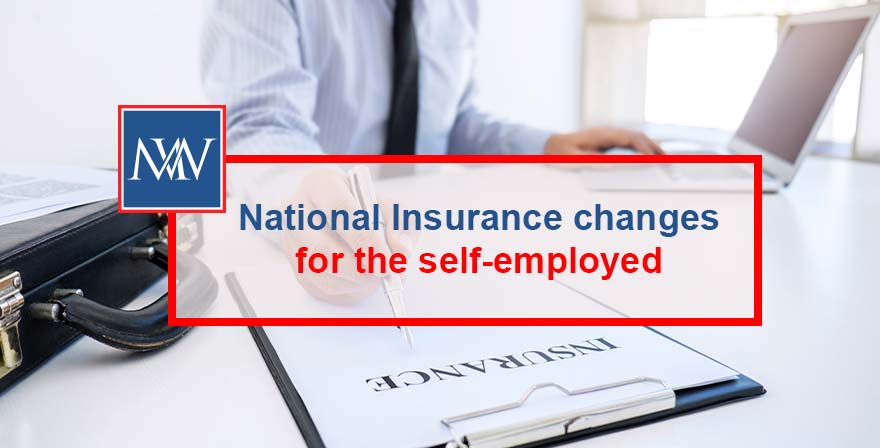
National Insurance changes for the self-employed
If their profits are high enough, the self-employed pay two classes of National Insurance contribution – Class 2 and Class 4.
Class 2 contributions are flat rate contributions of £3.15 per week for 2022/23. It is the payment of Class 2 contributions that enables a self-employed earner to build up entitlement to the state pension and certain other contributory benefits. Class 4 contributions are payable on profits in excess of the lower profits limit, but do not garner any pension or benefit entitlement.
Lower profits limit for Class 4
The lower profits limit for Class 4 contributions is aligned with the primary threshold for Class 1 National Insurance contributions. This is set at £190 per week for the period from 6 April 2022 to 5 July 2022 (equivalent to £9,880 per year), rising to £242 per week (equivalent to £12,570 per year and aligned with the personal allowance) from 6 July 2022. The annualised primary threshold is £11,908. Consequently, the lower profits limit for Class 4 is set at £11,908 for 2022/23.
Class 4 contributions are payable at the main rate, which is 10.25% for 2022/23, on profits between the lower profits limit and the upper profits limit, which at £50,270 is aligned with the upper earnings limit for Class 1 contributions. Any profits in excess of the upper profits limit attract Class 4 contributions at the additional Class 4 rate, set at 3.25% for 2022/23.
Higher starting point for Class 2
Historically, a liability to Class 2 contributions has arisen where profits exceed the small profits threshold, which for 2022/23 is set at £6,725. However, the starting point for Class 2 contribution is to be increased with retrospective effect from 6 April 2022 to align it with the starting point for Class 4 contributions. For 2022/23, this is £11,908.
As Class 2 contributions earn entitlement to the state pension, self-employed earners who have profits between the small profits threshold, set at £6,725 for 2022/23, and the new starting limit of £11,908 will be treated as if they had paid a Class 2 contribution. This means they get the benefit of having paid a Class 2 contribution, but for zero contribution cost. This move brings the position of the self-employed with low profits broadly into line with that for employed earners with low earnings who are treated as having paid Class 1 contributions at a notional zero rate on earnings between the lower earnings limit (£6,396 for 2022/23) and the primary threshold (£11,908 for 2022/23).
Self-employed earners with profits below the small profits threshold can opt to pay Class 2 contributions voluntarily to maintain their contribution record. At £3.15 per week for 2022/23, this is a much cheaper option that paying voluntary Class 3 contributions, which are set at £15.85 for 2022/23.
Looking ahead
The Class 4 rates were increased by 1.25 percentage points for 2022/23 only pending the introduction of the Health and Social Care Levy. The rates are due to revert to 9% (main rate) and 2% (additional rate) from 2023/24. However, the self-employed will also have to pay the Health and Social Care Levy of 1.25% on profits in excess of the lower profits limit from 2023/24, so the total hit remains the same in 2023/24 as in 2022/23. However, unlike Class 4 contributions, liability to the Health and Social Care Levy remains beyond state pension age.
For more information, Book a Free Consultation
Need Accountancy Support?
For information on bespoke training, or if you have any other questions for Makesworth Accountant, please fill in your details below




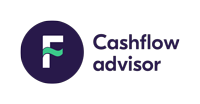
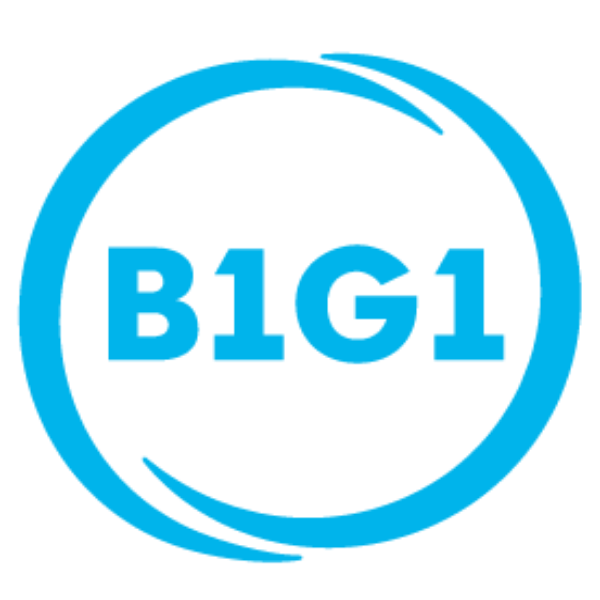


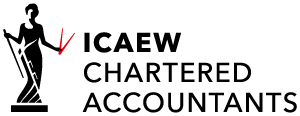
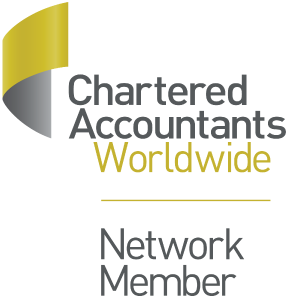
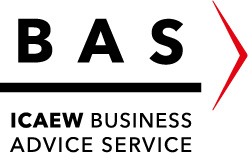



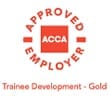



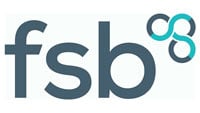

 150
150